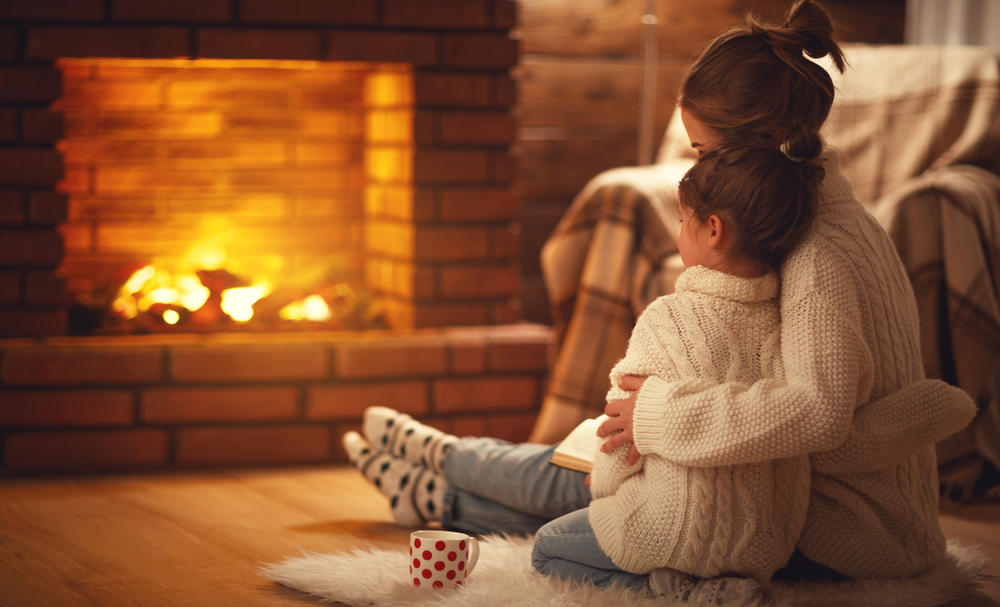How a Chimney Liner Leads to a Safer Home

We all want our home to be safe, for ourselves, our family, and our pets. You lock your doors, have an alarm system, and never answer the door if you don't know who's knocking. These are all great steps, and certainly an important part of keeping your home safe. However, these basic ideas are only the beginning. What about threats coming from inside the house? You may not realize it, but your fireplace and chimney are a potential source of danger if you're not careful.
When fuel like wood or charcoal burns, it breaks down and deposits itself as a powdery dust called soot. Chimney soot is fine black or dark brown powder formed due to incomplete combustion of wood or coal in a confined place, in this case your fireplace and chimney. There is also creosote. Creosote is a byproduct of wood combustion that consists mainly of tar. This soot and creosote buildup is highly flammable. A properly insulated chimney liner helps to prevent creosote buildup on the inside walls of the flue. By insulating the inside of the flue from the outside structure of the chimney, the chimney liner keeps the flue hotter. This is important because it minimizes condensation of creosote and moisture inside the flu. This condensation is the cause of dangerous creosote buildup that so often leads to a chimney fire.
It isn't enough to simply buy a chimney liner kit. You'll need to clean your chimney liner eventually too. Invest in chimney cleaning tools and clean your chimney liner yourself! You will need a brush that is sized correctly for your chimney liner and connecting rods to push it into and pull it out of your liner. Then, carefully clean inside your fireplace to remove ash, soot, and creosote that falls down from the chimney liner as you brush it out.
There's more. The Environmental Protection Agency (EPA) lists leaking chimneys among the primary sources of carbon monoxide inside homes and other buildings. Carbon monoxide is a clear and odorless gas that results from incomplete combustion of fuels. A leaking chimney can allow carbon monoxide, water vapor and other gases to enter the building structure surrounding the chimney. Carbon monoxide is heavier than air, so it will settle in low places in the house even if it originally leaks into the attic from high up the chimney.
It isn't just carbon monoxide to worry about. A leaking chimney can also increase the risk of fire in the attached building. Cracks in the bricks, mortar, or clay allow intense heat and even flames to exit the flue into the chimney structure itself. It is possible for the fire to reach flammable construction materials in the surrounding building, like your roof.
You should have your chimney, chimney liner, flue, and fireplace both cleaned and inspected at least once a year. If it is discovered that you need new parts for your chimney, you can easily order them online through our website's catalogue.




